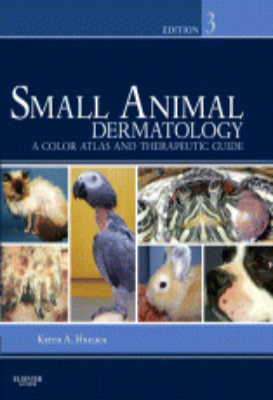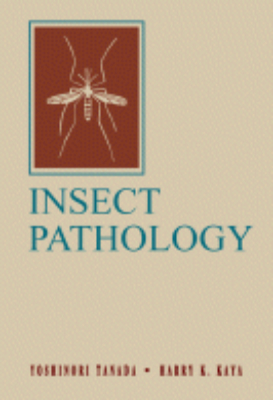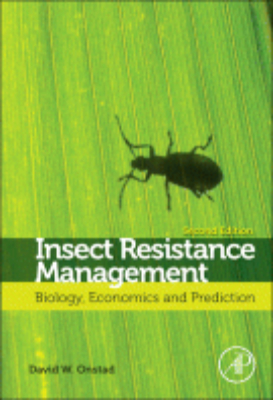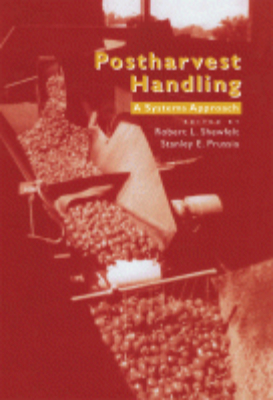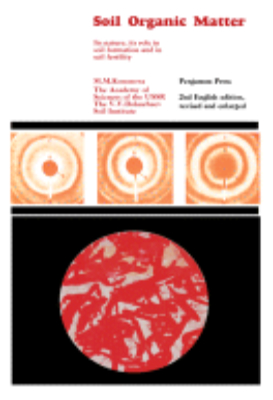Small Animal Dermatology: 2011
“Designed with busy practitioners and students in mind, Small Animal Dermatology: A Color Atlas and Therapeutic Guide provides concise, thorough coverage of over 250 skin diseases affecting small animals. More than 1,000 high-quality images help to ensure accurate diagnoses, with coverage including clinical features, top differentials, treatment, and prognosis for each disorder. In this edition, author Keith A. Hnilica streamlines content for practical, everyday use in the clinic. The differential diagnosis chapter is updated for added clarity and easier use, and for quick access, chapters now list diseases based upon the frequency of their occurrence in the pet population. Key Features. A user-friendly organization allows for quick and easy access to information on specific diseases.. Vivid, full-color images facilitate accurate diagnosis of each disorder.. A comprehensive drug appendix includes information about dosage, adverse reactions, indications, and contraindications.. A new section on skin diseases of birds and exotic pets covers the management of rabbits, ferrets, hamsters, guinea pigs, gerbils, chinchillas, turtles, snakes, and lizards.. Hundreds of new, full-color images clearly demonstrate the clinical appearance of skin lesions for accurate diagnosis and treatment.. Expanded coverage includes multiple methods of developing a differential diagnosis list based on patterns, breed, lesion type, and lesion location.. Coverage of the zoonotic potential of animal skin diseases includes information on preventing the spread of disease from animal to human.. Content is streamlined to focus on the more common and likely to be seen clinical problems.. A completely updated drug formulary outlines the most effective treatment of dermatological conditions.”
| Publication Language |
English |
|---|---|
| Publication Access Type |
Premium |
| Publication Author |
* |
| Publisher |
Elsevier |
| Publication Year |
* |
| Publication Type |
ebooks |
| ISBN/ISSN |
* |
| Publication Category |
Animal Science |
Kindly Login to ICAR Digital Library Portal.

